Chapter 1
First family Group – New Zealand Bound
There was great excitement in the Timpson household in Cheltenham. The tickets were booked on the Great Western Railroad to London then from London by ship to New Zealand and it was time to leave.
Their plans to travel to the colony resulted from letters written by Ann Timpson’s brother, William Wheelband.
The final decision was made after William had promised Henry work in his flourishing nursery business in Temuka until he found what he wanted to do.
William had been elected to the Temuka Licencing Committee in February 1886 and had contacts in the hotel industry. Henry & Ann had discussed and decided that this was something they were more interested in.
Son Harry William who had an established gardening business in Cheltenham was not intending to go with them as he had met Lois Johnson his future wife.
The two elder surviving girls Mary Lizzie and Ada Fanny had good jobs, were not living at home, but said they would follow the rest of the family out later. Maybe they needed to give more notice at work, or were just showing their independence, or possibly did not want to be the child minders on the voyage out.
So Henry and Ann and children Charles, George Herbert, John Thomas, Annie Eliza and Lillie Groome arrived at the railway station with all their luggage.
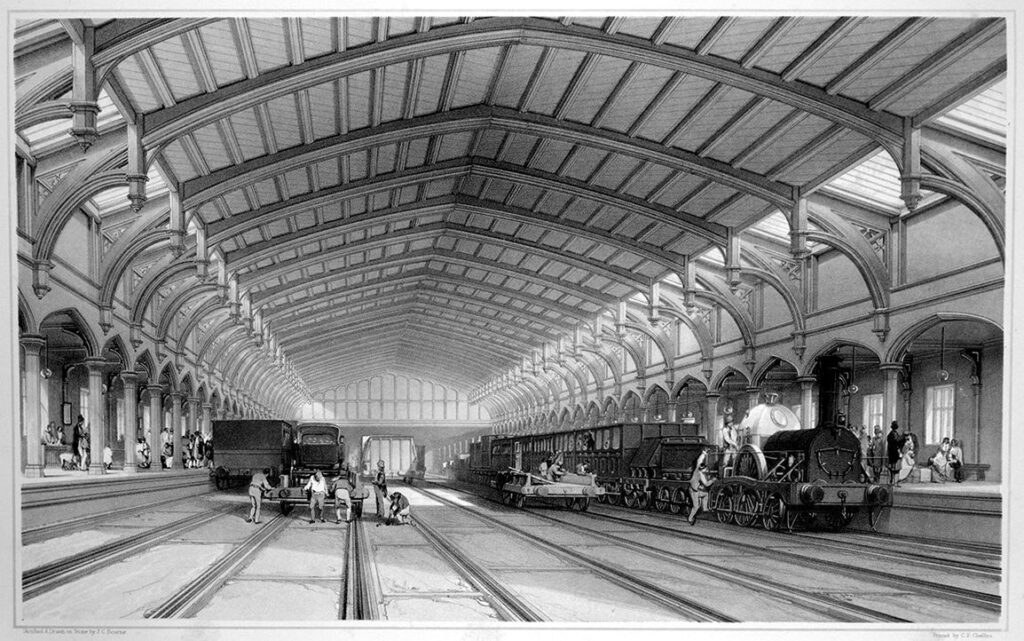
Henry had studied the map and was sure the changing views would keep the children occupied with the different landscapes and then London itself which must be vast compared to Cheltenham.
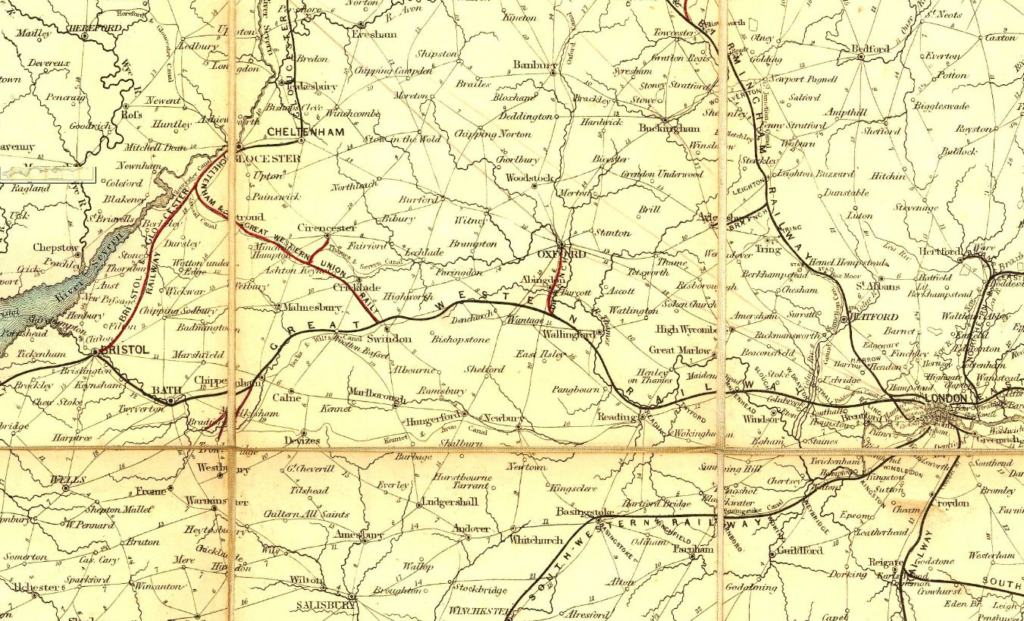
Map of the Train Journey from Cheltenham to London.
After an exciting journey the family arrived in London, and had dinner at a modest Inn near the docks.
They were astounded by all the dock activity.
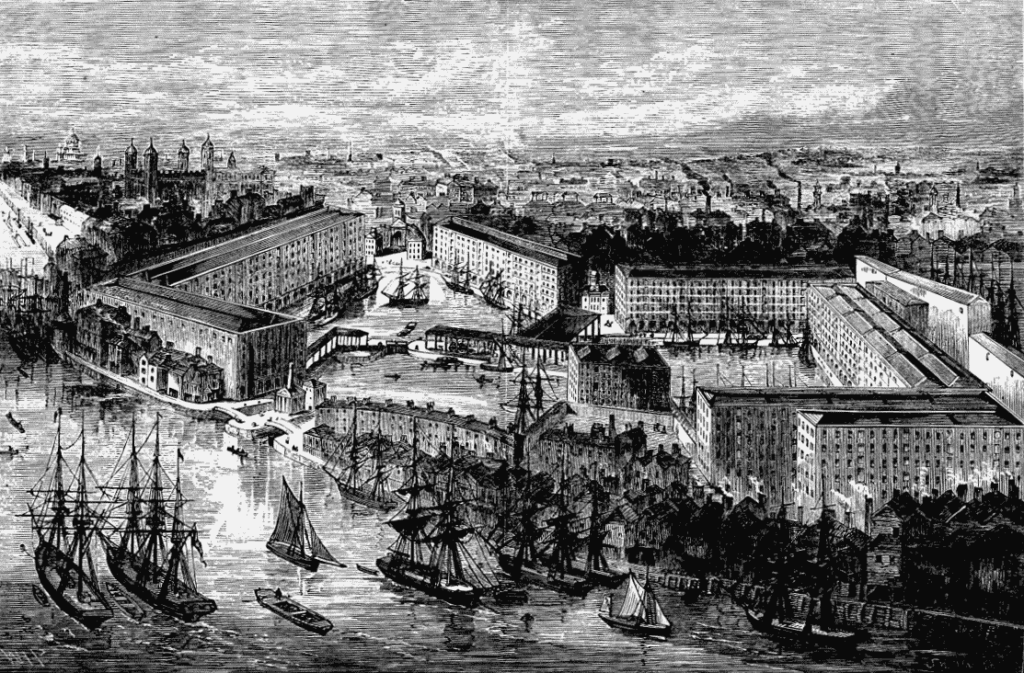
They then boarded the Langstone on 29 April 1886 the day before it was due to sail.
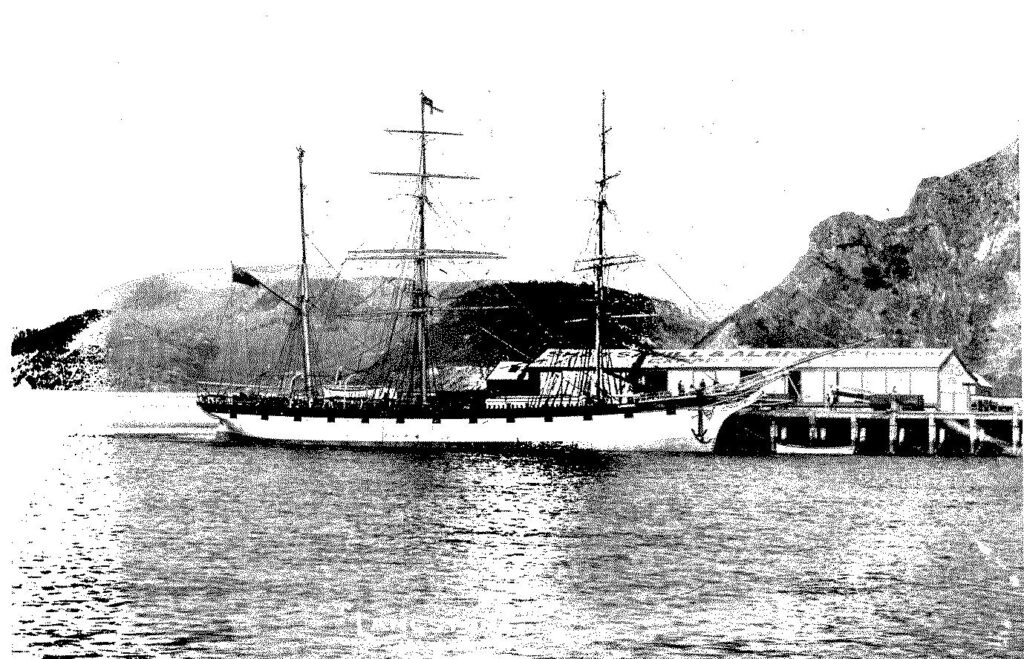
The above picture of the Langstone was taken at Port Chalmers.
Built 1869 Iron ship of 746 Tons. Built by Pile of Sunderland, England for H.Ellis and Co. Reg; London.
Henry had always been one to try and better himself and the family circumstances.
He succeeded and the family were able to travel as cabin passengers and not in the cramped and unpleasant steerage.
Ann had decided to keep a diary on the voyage out.
Ann as you will see did not have a great voyage.
They arrived at the port of Lyttelton on 3 August 1886 and travelled to Temuka by train.
There was a great welcome from Ann’s brother William and his wife Sarah, who had not been able to have children of their own, so they were very pleased to greet their nieces and nephews as well as Henry and Ann.
The Older Sisters
True to their word Mary Lizzie and Ada Fanny sailed to join their parents and family on 16 July 1887 on the SS Arawa.
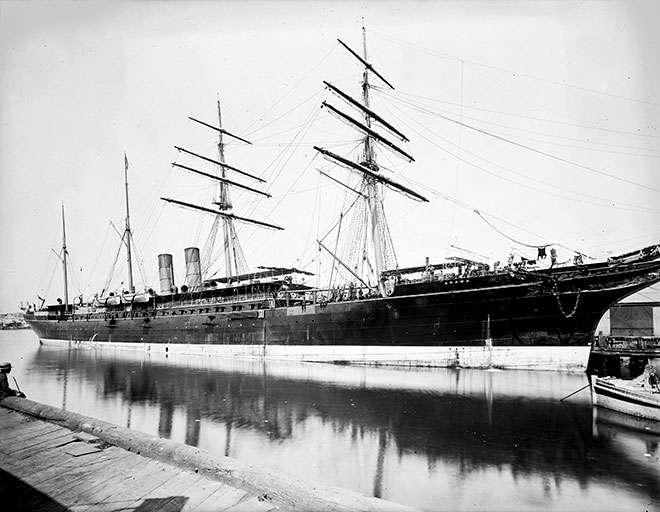
S.S. Arawa
The Arawa was built for Shaw, Saville & Albion by Wm. Denny of Dumbarton in 1884. She was a 5,026 gross ton vessel, with clipper stem, two funnels and four masts, length 439.6 ft x beam 46.3 ft., single screw and a speed of 13 knots. To reduce fuel consumption on the UK – Australia run, she was rigged for sails, being square rigged on the fore and mainmasts and fore and aft rigged on the other two.
Their passage is recorded in the Assisted Immigration book for Canterbury as shown.
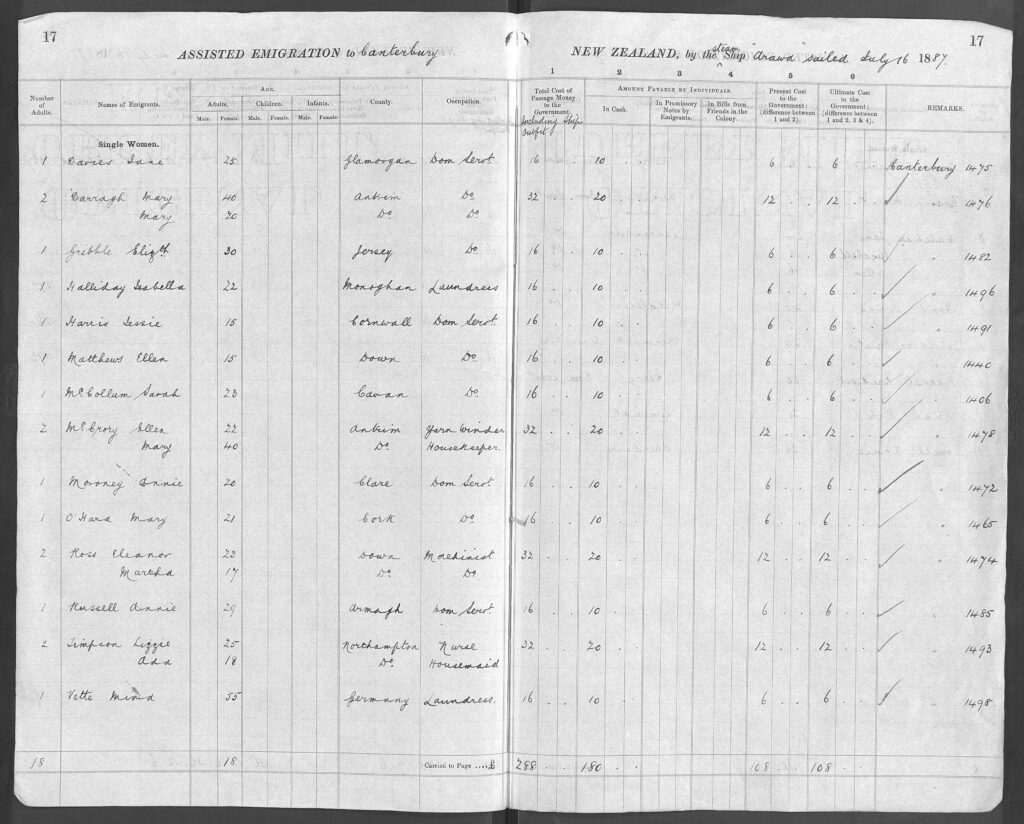
The Arawa arrived from Port Chalmers on 15 September 1887 and Mary Lizzie and Ada Fanny immediately caught the train to Temuka and were re-united with family.
A new future awaited them all.